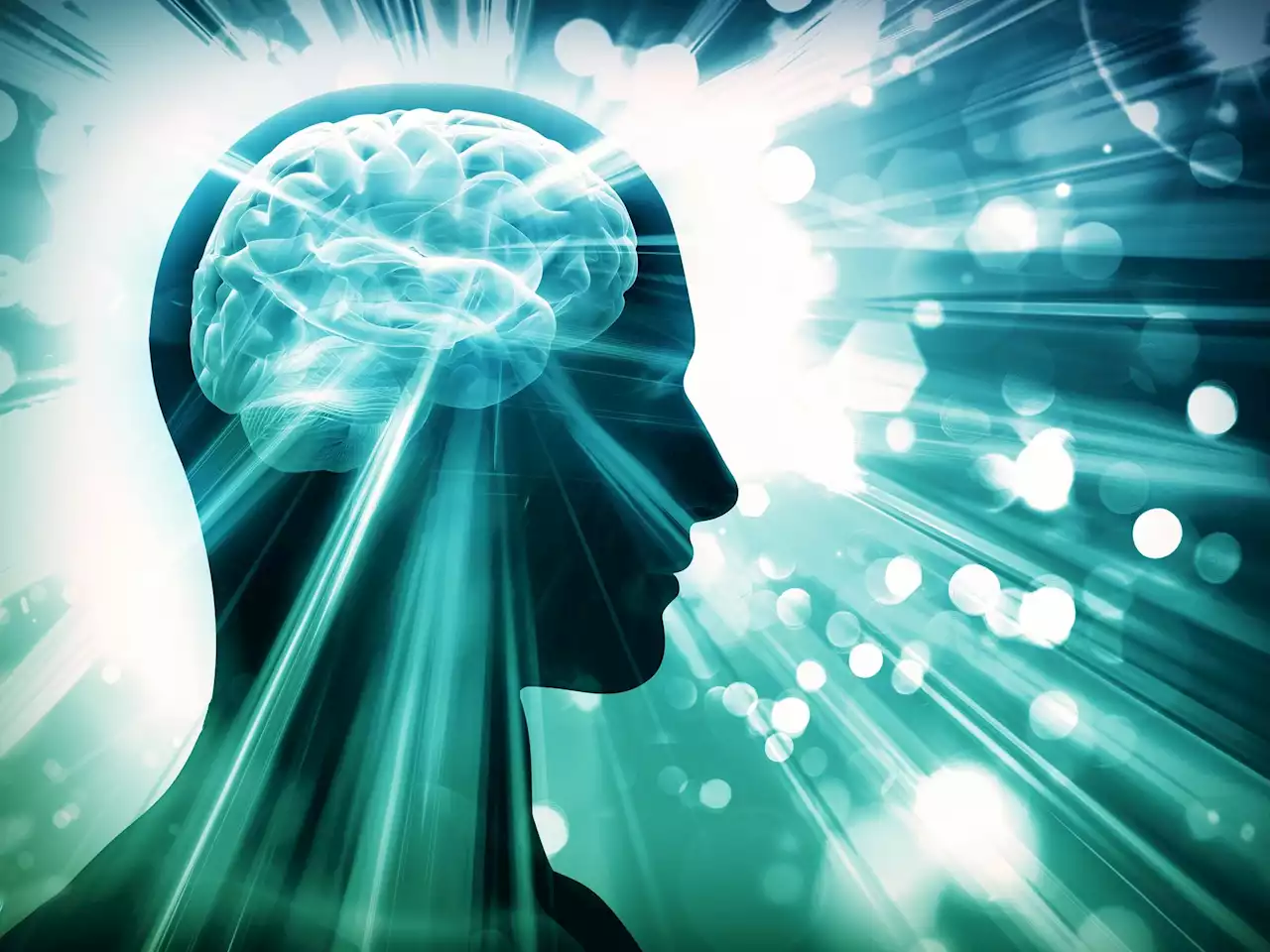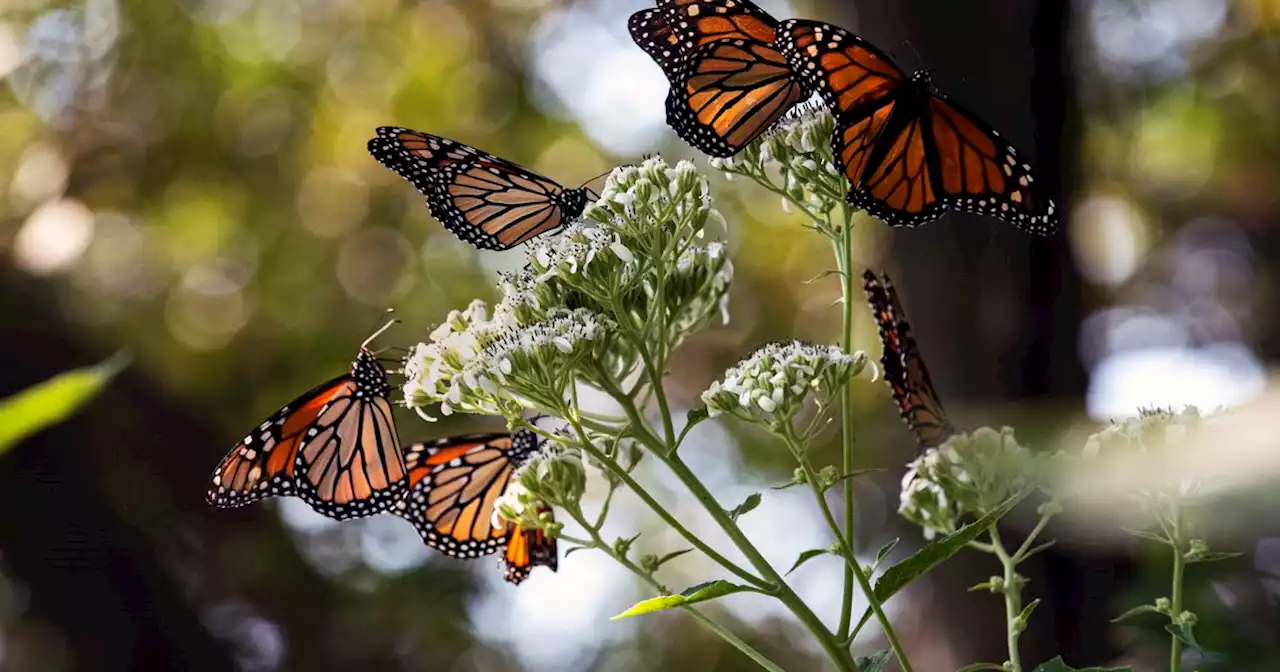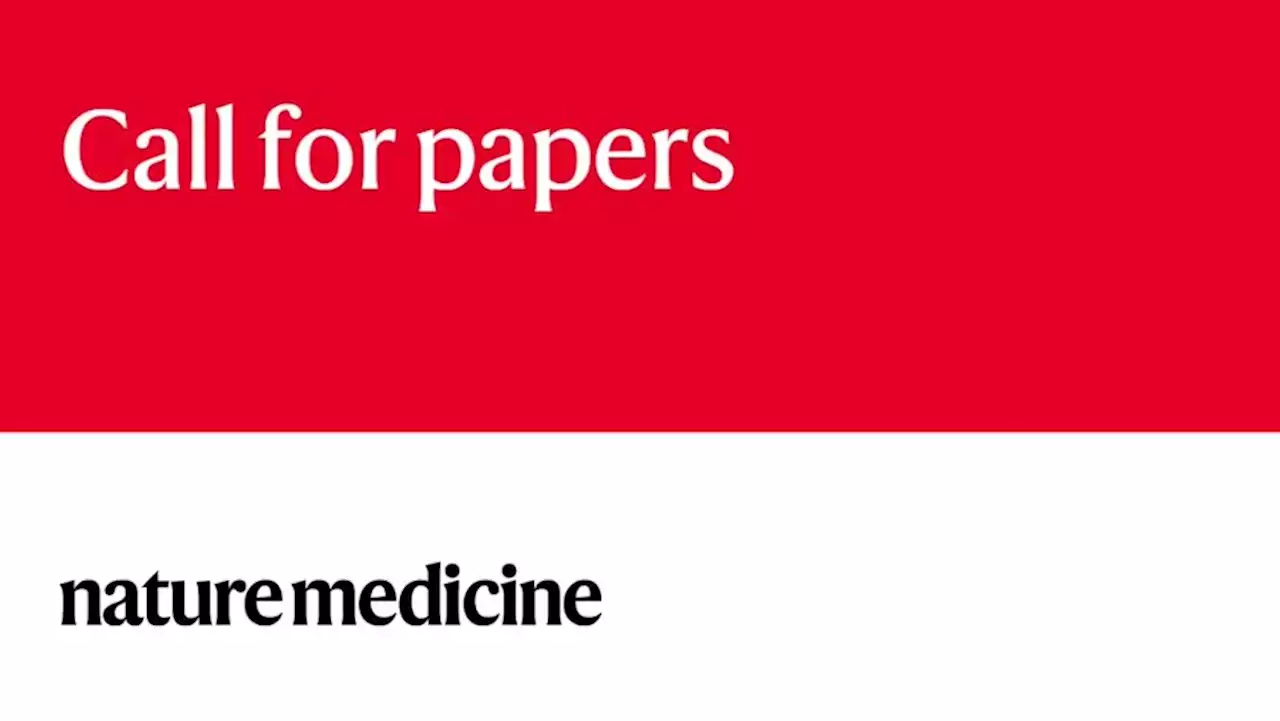After doubts grew, a blockbuster paper claiming to have discovered a room-temperature superconductor has been withdrawn by Nature over objections of the study team.
for the class of superconducting materials called hydrides, which includes the carbonaceous sulfur hydride developed by Dias’s team. Under pressures greater than at the center of the Earth, hydrogen is thought to behave like a superconducting metal. Adding other elements to the hydrogen—creating a hydride structure—can increase the “chemical pressure,” reducing the need for external pressure and making superconductivity reachable in small laboratory vises called diamond anvil cells.
But in a field that has seen many superconducting claims come and go, a drop in resistance alone is not considered sufficient. The gold standard is to provide evidence of another key attribute of superconductors: their ability to expel an applied magnetic field when they cross Tc and become superconducting. Measuring that effect in a diamond anvil cell is impractical, so experimentalists working with hydrides often measure a related quantity called “magnetic susceptibility.
. He says some of the published data presented by Dias and Salamat could be represented by a smooth polynomial curve—impossible for noisy laboratory measurements. “I think they were fabricated,” Hirsch says. He also noted suspicious similarities to data in a 2009paper on superconductivity in europium under high pressures.
Eremets says the Dias study might still be right about CSH. But he has tried at least six times to replicate the results and failed. Although Dias’s team has shared the basics of its experimental protocol, Eremets says they have been less forthcoming in the details, such as what type of carbon they used in their CSH mix. Boeri agrees. “There are a lot of people who are a lot more careful, and they share the data, and they share the samples,” she says.
United States Latest News, United States Headlines
Similar News:You can also read news stories similar to this one that we have collected from other news sources.
 Reducing Stress – How Does Nature Nurture the Brain?A one-hour stroll in nature decreases stress-related brain activity, according to new research. Living in a city is a well-known risk factor for developing mental disorders, whereas living near nature is thought to be good for the brain and mental health. The amygdala, a crucial brain region involv
Reducing Stress – How Does Nature Nurture the Brain?A one-hour stroll in nature decreases stress-related brain activity, according to new research. Living in a city is a well-known risk factor for developing mental disorders, whereas living near nature is thought to be good for the brain and mental health. The amygdala, a crucial brain region involv
Read more »
 Richardson class to explore art of nature journaling, mindfulnessA Richardson class titled “Naturally Mindful” will explore how connecting with animals, nature and weather can create a sense of calm and inspire awe in your...
Richardson class to explore art of nature journaling, mindfulnessA Richardson class titled “Naturally Mindful” will explore how connecting with animals, nature and weather can create a sense of calm and inspire awe in your...
Read more »
 The AI life cycle: a holistic approach to creating ethical AI for health decisions - Nature MedicineThe ethical impact of AI algorithms in healthcare should be assessed at each phase, from data creation to model deployment, so that their use narrows rather than widens inequalities.
The AI life cycle: a holistic approach to creating ethical AI for health decisions - Nature MedicineThe ethical impact of AI algorithms in healthcare should be assessed at each phase, from data creation to model deployment, so that their use narrows rather than widens inequalities.
Read more »
 Call for submissions: clinical cancer research | Nature MedicineOn WorldCancerResearchDay, don't forget our call for submission of innovative clinical research on the prevention, detection, diagnostic & treatment of cancer - submit your paper any time! Oncology NMEDclinical How to submit 👉
Call for submissions: clinical cancer research | Nature MedicineOn WorldCancerResearchDay, don't forget our call for submission of innovative clinical research on the prevention, detection, diagnostic & treatment of cancer - submit your paper any time! Oncology NMEDclinical How to submit 👉
Read more »